Electric Car Corner: Winter 2025
Welcome back and Happy New Year!
As we enter the new year, we want to highlight new and upcoming developments...
A lot has happened this year with shifting policy, but the electric vehicle (EV) market has persevered. Incentives play a critical role in making EVs more accessible, and the end of the federal tax credit has caused many EVs to sell fast in recent weeks. Fortunately, the Massachusetts and Rhode Island rebates are not going anywhere in the near term, and several more affordable EVs are set to enter the market this year. Charging infrastructure continues to grow more robust, too. EVs are here to stay, and we hope that you’ll choose to make the switch with us.
The federal tax credit of up to $7,500 for new EVs and up to $4,000 for used EVs is no longer available after September 30, 2025. However, in early September, the IRS allowed consumers to still access the tax credit if their EV was not currently in stock by signing a purchase agreement and making a payment before October 1.
With this context, BloombergNEF now anticipates a much lower adoption of EVs and charging infrastructure from consumers nationally, and reduced EV initiatives from automakers. 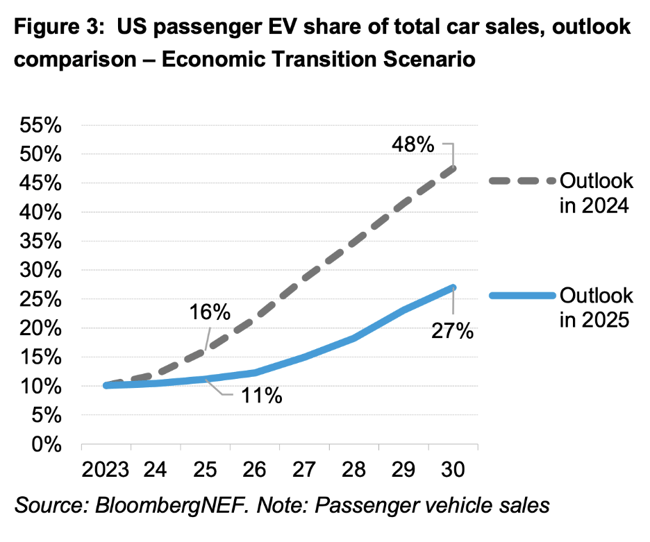
We’ve already seen some automaker announcements. Nissan, for example, announced recently that they are "pausing” production on their 2026 Ariya and reallocating resources to “support the launch of the all-new 2026 LEAF.”
Despite federal incentives no longer being available, several automakers, including General Motors and Ford, found a loophole to maintain the $7,500 credit amount as additional savings for consumers who lease for just a bit long. Basically, the leasing agents of those manufacturers purchased EVs before the deadline (thereby getting the federal tax credit) in anticipation of leasing them over the next few months. So you might still see some excellent lease deals out there.
The federal tax credit for installing charging, on the other hand, is available until June 30, 2026.
There are many EVs available now (and you can see the full list on our EV Finder), but here we’ll highlight some of the more popular models currently available.
Honda’s flagship EV debuted in 2024 and was dubbed “America’s Best Electric 5-Passenger SUV for 2025” by Parents magazine. The 2025 Prologue comes in all-wheel drive and front-wheel drive with up to a 308-mile electric range. Features include wireless smartphone charging, heated seats, Google CarPlay, and Android Auto. Consumers can purchase the Honda NACS-CCS adapter (more on NACS below), and it can fast charge from 20 to 80% in 35 minutes. The Prologue starts at $47,400 and is eligible for $3,500 through the Massachusetts rebate and the $1,500 Rhode Island rebate. 
The Chevrolet Equinox EV is the most affordable electric SUV with a starting price of $35,100. The Equinox EV boasts a 319-mile range with four-wheel drive and a 307-mile range with all-wheel drive. All trims are accompanied with safety assistance features, a six-speaker sound system, and Google CarPlay, while select trims enjoy a sunroof, wireless phone charging, and advanced cruising support. Consumers may enjoy its vehicle-to-home capabilities, a standard feature of the 2024 and 2025 models. To utilize this feature, drivers must purchase a GM Energy PowerShift Charger, Dark Start Battery andand install the GM Energy Home Hub & Inverter at their home with the help of a certified electrician. The 2026 Equinox EV was just released, but it should be eligible for the $3,500 Massachusetts rebate and $1,500 for the Rhode Island rebate. We do not know if GM will offer good lease deals given the loophole mentioned above.
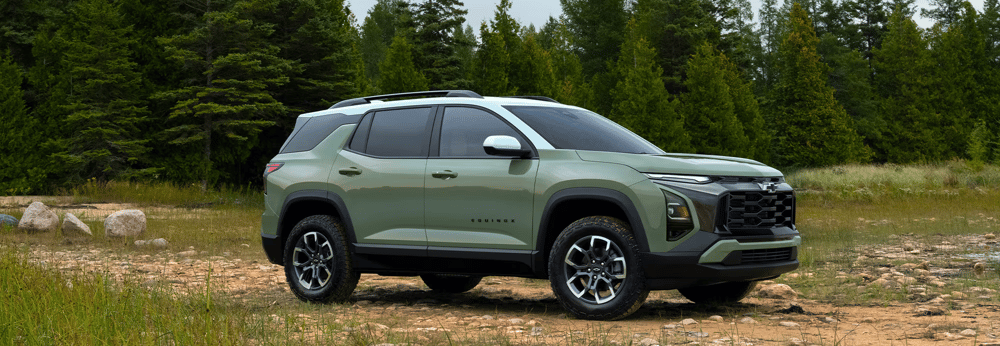
The 2025 Kia Niro EV starts at $39,600 and retains a 253-mile electric range. A five-seater SUV with front-wheel drive, all trims contain parking assist, heated front seats, and a 10.25-inch infotainment screen. The Niro EV possesses a CCS port, and consumers can purchase a NACS adapter to access the Tesla supercharging network. The 2025 Kia Niro EV is eligible for the $3,500 Massachusetts rebate and $1,500 through the RI rebate.

The 2025 Nissan Ariya starts at $39,770 and offers a 265 to 304-mile electric range, depending on the trim. With four-wheel drive and all-wheel drive options available, the 2025 Nissan Ariya is equipped with wireless phone charging, a 12.3-inch infotainment screen, and a spacious trunk. The 2025 Nissan Ariya is eligible for $3,500 through the Massachusetts rebate and the $1,500 Rhode Island rebate.
Nissan has discontinued the Ariya in the United States for 2026, in efforts to focus on its new Nissan Leaf. However, the 2025 Ariya has been discounted and Nissan is offering eligible consumers a zero percent financing deal for 72 months. The 2023 Nissan Ariya was also named Best Used Electric Car of 2025 by Recurrent Auto, and it was largely priced under $30,000 this year. 
The 2025 Toyota RAV4 PHEV offers 42 miles of electric range, setting new standards for a plug-in hybrid’s electric capabilities. Both trims offer noise-reducing front windows, four USB ports for charging, and heated front seats. Consumers can rest assured with Toyota’s ten-year or 150,000-mile battery warranty. The 2025 RAV4 PHEV starts at $44,915 and is eligible for the $1,000 Rhode Island PHEV rebate, but no rebate in Massachusetts. 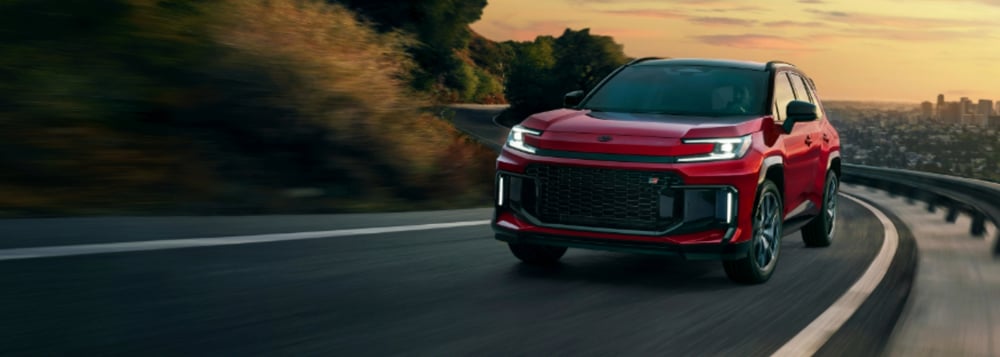
Read on to learn about upcoming EVs, or watch the recording of our recent deep-dive on Electric Cars Coming Soon.
Kia is gearing up to launch its first all-electric sedan, the EV4. The EV4 will offer a short-range trim with a range of 235 miles and a long-range trim with 330 miles. This new release boasts options for urban commuters and sporty drivers, with accompanying trims offering slightly varied designs. The EV4 borrows from the Hyundai E-GMP platform, a battery management system that enhances electric range built on 800-volts, but the EV4 utilizes 400-volts and will not charge as fast as other EVs built on the platform. Still, the EV4 is expected to reach a 10 to 80% full battery in 29 to 31 minutes when fast charging. The EV4 is equipped with a native NACS port with exciting vehicle-to-load capabilities, meaning that it can charge external devices by converting battery power into Alternating Current (AC) power for external use. The starting sticker price remains unknown, but we will update the Drive Green community when we know more.
The Chevrolet Bolt returns from its hiatus with several new features, including General Motors’ signature long-lasting Ultium battery. The new Bolt contains a NACS port, an updated infotainment system and dashboard, and will come with all-wheel drive. Varied trims will offer a panoramic sunroof, heated seats, and semi-autonomous driving assist. The Bolt retains its signature subcompact and five-door design. GM has stated that the Bolt will be priced under $30,000. It is expected to hit dealership floors early 2026 and was recently spotted charging at a Tesla Supercharger in California. It will have much faster charging capability at 150 kW than the previous Bolt’s 50 kW. 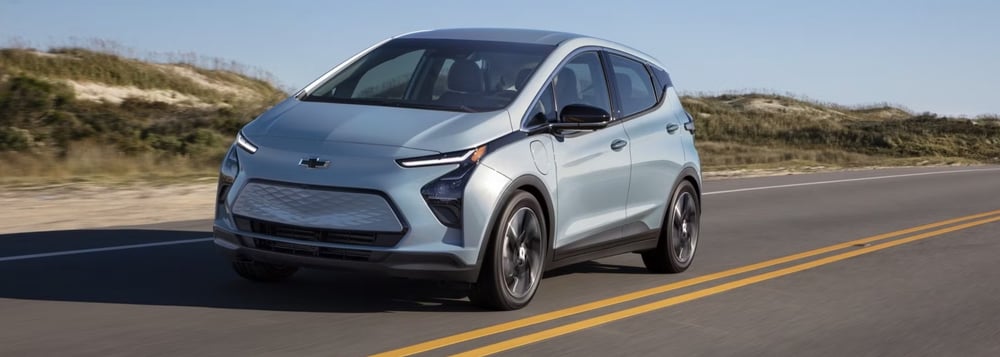
The Nissan Leaf is back and better as an SUV. One of the more affordable electric SUVs on the market, the 2026 Leaf starts at $29,990. With an estimated 303-mile electric range, its native NACS port and plug-and-charge capabilities make plugging in easy. Consumers can enjoy its vehicle-to-load capabilities, wireless smartphone charging, and a panoramic sky window that comes in all three of its trims. The new Leaf is expected to hit dealerships later this fall, but it might be difficult to snag your hands on, because Nissan recently reduced production by half due to battery supply shortages.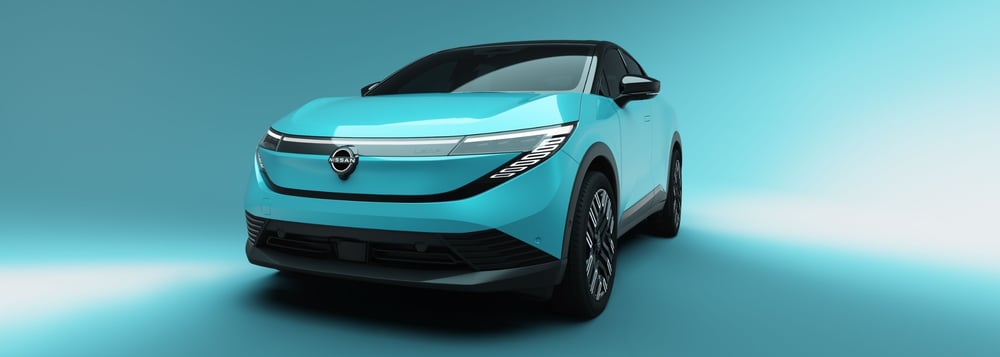
The Subaru Trailseeker is Subaru’s second-ever EV, and it takes after its sibling, the Subaru Soltera EV. Offering all-wheel drive, this mid-size SUV is equipped to bring the family to whatever trail they might be seeking. Not many details are published yet, but the Trailseeker is confirmed to have a NACS port and is estimated to have a 260-mile range.-1.png?width=1000&height=328&name=subaru%20trailseeker%20(1)-1.png)
Check out our Charging Basics page for more information about charging how-tos, tips, and plug types.
Major automakers began planning to adopt the North American Charging Standard (NACS) port, in 2023 to enhance access to an already built-out Tesla Supercharging network. Today, most manufacturers have made NACS adapters available to their consumers. Several model year 2025 vehicles have implemented the NACS port as a native feature, eliminating the need to use the NACS adapter. This list is expected to grow through 2026.
There are NACS adapters available for purchase on sites like Amazon, but they are not always approved by the manufacturer. We recommend purchasing your adaptor through your manufacturer to ensure that it is compatible with your vehicle.
See below for by-dealership NACS updates:
| Manufacturer | Current Status |
|
Cadillac |
|
|
General Motors |
|
|
Ford |
|
|
Genesis |
|
|
Honda |
|
|
Acura |
|
|
Hyundai |
|
|
Volkswagen |
|
|
Kia |
|
|
Nissan |
|
|
Polestar |
|
|
Lucid |
|
|
Rivian |
|
|
Volvo |
|
|
Subaru |
|
|
Toyota |
|
Tariffs on imported cars began on April 3rd and tariffs on car parts used to build cars in the United States began on May 3rd. Because all car companies must source at least some parts outside the United States, these tariffs will impact the costs of both domestically built and imported automobiles, including electric vehicles.
As the economic argument for electric vehicles becomes more complex with the discontinuation of federal tax credits and the increase in supply chain costs, we anticipate car manufacturers will tighten their belts and delay launches of all-electric vehicles. For example, Porsche shared this week with its parent company, Volkswagen, that they are “slashing [their] 2025 profit margin outlook” costing Volkswagen $6 billion, and delaying the launches of certain all-electric vehicles, focusing more on combustion-engine and hybrid models. We’ve also heard stories like the aforementioned Nissan Ariya and LEAF, and VW stopping production of the ID.4 at some plants.
The used EV market is booming with affordable and new EVs coming off lease cycles. Recurrent Auto’s recent Used Car Prices & Market Report reports that 72% of used EV listings are a maximum of five years old, whereas 45% of listings are at most two years old. Additionally, these newer listings are priced low with 34% of inventory under $25,000 and 55% under $30,000. These used EVs have a long life left in them because batteries degrade at a very slow rate. With EV batteries lasting 15 to 20 years and a 1.8% average annual degradation rate, consumers are likely to take on existing battery warranties when they purchase their pre-owned EV.
If you are in the market for a used EV, explore our Used EV Finder to learn more about what is available and fair purchase prices.
For chargers, the 25% tariff continues to apply to steel and aluminum. Despite this obstacle, charging infrastructure initiatives across the country have persevered. Nationally, the installation rate of DC fast chargers is up more than 25% over this time last year, as of July 31, 2025. Among these installations are higher-power DCFCs rated at 300 kW+, which have increased in deployment by 421% year-over-year in quarter two of 2025. Greater high-power DCFCs with more ports per site are coming online, contributing to a more enjoyable experience for EV drivers.
Massachusetts
Looking at the progression of charging infrastructure in Massachusetts, the Electric Vehicle Infrastructure Coordinating Council (EVICC) shared in their Second Assessment to the General Court in August. In it, EVICC finds that “the average annual public EV charging infrastructure deployment rate will need to increase by three-fold through 2030 to meet the CECP EV charger port benchmarks.” (CECP refers to the Clean Energy and Climate Plan, which lays out what needs to happen to reduce economy-wide greenhouse gas emissions 50% under 1990 levels by 2030.) Fortunately, deployment of public charging ports in Massachusetts increased by 50% in 2024 compared to 2023. Right now, Massachusetts is mostly focused on funding high-value locations to benefit fleet drivers and drivers without off-street parking access, through the support of the NEVI program and MassEVIP programs. In fact, the Healey administration recently announced $46 million for EV charging infrastructure.
Massachusetts residents can access utility incentives to install EV chargers at their single-family and multi-family unit homes.
Rhode Island
Rhode Island is underway in planning for NEVI phase 2, after completing phase 1 in August 2024. Phase 1 involved the installation of DC fast charging stations at the Ashaway Park & Ride and Route 117 Park & Ride in Warwick. Phase 1 culminated with eight new DC Fast Charging stations and six Dual-Port level 2 charging stations along the Alternative Fuel Corridor on I-95 across the state.
Most recently, Rhode Island submitted its now-approved FY2026 NEVI Plan and began Phase 2A of the NEVI program. Under Phase 2A, the state has $8 million in federal funding to support the installation of charging stations at eligible entities, including businesses, municipalities, educational institutions, nonprofit organizations, and federally recognized tribal governments. These entities had until August 15 to submit their applications. Eligible funding includes up to $1 million for DC Fast Charging sites, up to $250,000 for Level 2 sites, and up to $1.25 million for sites combining DC fast charging and Level 2 charging stations. Awarded sites will be announced later this fall, and ensuing charging stations will contain at least four charging ports, boosting access to charging stations across the state.
Rhode Island residents and landlords can access EV charger installation incentives through the statewide PowerUp RI program.
With the loss of the federal tax credit, state-based incentives, rebates, and infrastructure programs matter more than ever.
Thanks to incentives and grants from state agencies in both our states, fortunately, Massachusetts and Rhode Island residents can expect to see more chargers near workplaces, multi-unit housing, and along major travel routes. Overall, we will continue to advocate for both states to bolster the EV transition and fill the void left by the lack of federal support.
In the meantime, if you’re in the market, peruse our EV Finder to compare available new EVs based on lowest possible cost after incentives, electric range, charging speed, and more.
Welcome back and Happy New Year!
As we enter the new year, we want to highlight new and upcoming developments...
We are super excited about the sunnier and longer days, as well as seeing long-asleep plants begin to bloom. There...
Comments